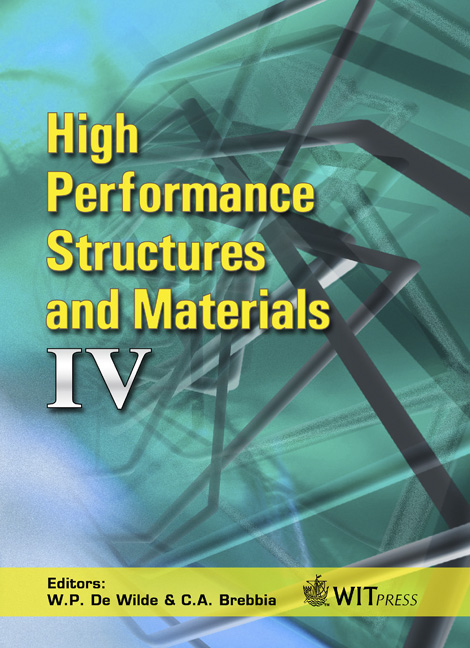Contribution Of Radar Measurements To The Inspection And Condition Assessment Of Railway Bridges – Case Study At A Historic Masonry Arch Bridge In Oleśnica/Poland
Price
Free (open access)
Transaction
Volume
97
Pages
10
Page Range
535 - 544
Published
2008
Size
4,636 kb
Paper DOI
10.2495/HPSM080541
Copyright
WIT Press
Author(s)
Ch. Trela, J. Wöstmann & S. Kruschwitz
Abstract
Ground Penetration Radar (GPR) as a non-destructive (NDT)-method can be applied to obtain detailed information about the inner structure and condition of bridges without damaging the structure. In this paper the capabilities and limitations of the application of the fast inspection technique GPR will be demonstrated. In addition to GPR investigations, geoelectrical measurements, coring and petrophysical investigations have been carried out. The investigated railway bridge in Oleśnica is a typical European masonry arch bridge (age, construction and span length). It shows typical damage to the masonry arches such as increasing salt concentration, destruction, material losses and longitudinal cracks. Radar measurements were carried out with two main objectives: (1) Identification of basic geometric dimensions of the bridge and identification of construction details; (2) Evaluation of the condition of the masonry, such as mechanical damage (e.g. cracks) or variation of the moisture content. Radar antennas of different frequencies (having different penetration depths) have been used to estimate the thickness of the walls. Because of the high attenuation in the inner masonry structure the measurements have not produced satisfying results, but the radar measurements have been successfully applied to investigate the moisture distribution in the masonry. These results have been verified by coring and through geoelectrical measurements. Cracks were studied at two testing areas at one wing wall of the bridge using an automatic 2D radar scanning system. The radar data were processed using advanced data processing tools like FT-SAFT reconstruction and data fusion. The processing sequence allowed the creation of high-resolution depth sections (C-Scans). Keywords: Ground Penetration Radar, spectral induced polarization, coring, railway bridge, non-destructive testing method, condition assessment.
Keywords
Ground Penetration Radar, spectral induced polarization, coring, railway bridge, non-destructive testing method, condition assessment.





